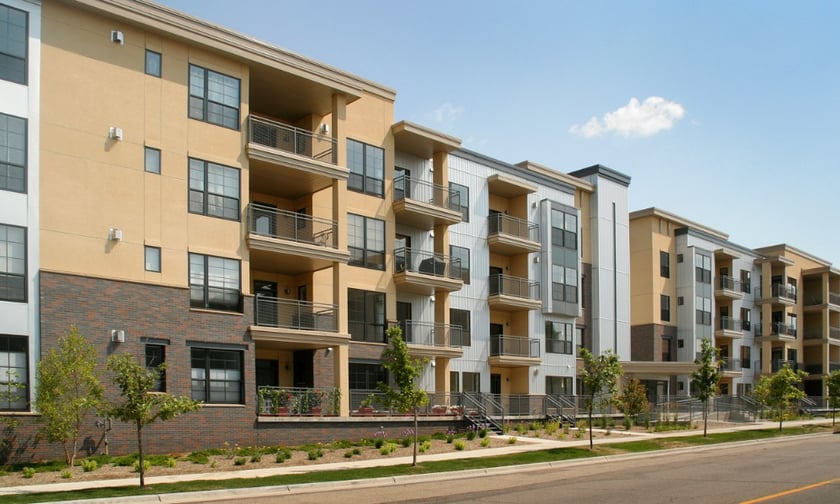

By
New figures from Victoria's Department of Families, Fairness and Housing reveal a reduction of more than 20,000 active rental bonds in the state for the year ending June 2024. This represents the first decline in active rental bonds since records began in 1999.
Rental bonds are collected by the bond authority when a property is leased, serving as an indicator of the number of rental properties available. The latest data shows a decrease of 21,712 rental properties within that time frame, with Melbourne accounting for most of the drop. Metro areas recorded a decline of over 20,000 active bonds, marking a 3.7% year-on-year reduction, while regional areas saw a decrease of more than 1,000 active bonds, translating to a 1.1% decline.
All local government areas (LGAs) in Melbourne, except for Melton, reported reductions in active bonds over the past year. Nillumbik, Port Phillip, Manningham, and Monash experienced the most significant declines. In contrast, Melton has emerged as a new development centre, with projections indicating that its population could exceed 485,000 by 2051.
In the same period, investor activity in Victoria did not see the same increase as in other states, leading to a total of just under 50,000 new loans granted to investors. Despite this, the net result was still a reduction of 21,712 rental properties, suggesting that up to 70,000 investors may have sold their properties during the year.
While it remains difficult to establish direct causality, the decline in active rental bonds appears to correlate with a rise in investor sales. In a typical year, active bonds have increased by around 20,000, with about 50,000 new loans to investors suggesting an average sales churn of approximately 30,000.
The overall number of new lettings in Melbourne also fell by 7%, decreasing to 41,734. Every SA4 region in the city saw a decline, with the outer east experiencing the largest drop at 17.8% year-on-year.
In the face of rising rental prices, which increased by 7.5% year-on-year, rental growth has slowed in recent months, with median weekly rents in Melbourne remaining stable in the September quarter. Factors contributing to this include reduced rental demand, increased share housing, and fewer international student arrivals.
With Victoria projected to undergo the most significant population growth among Australian states over the next five years, the ongoing decrease in rental stock could present challenges for the rental market. As new arrivals typically seek rental properties, the reduction in investment may hinder the availability of homes for rent. If investment attractiveness does not improve, the state may face long-term implications, including increased costs for both buyers and renters as development activity slows.
What do you think this trend means for the future of the rental market? Share your insights in the comments below.
